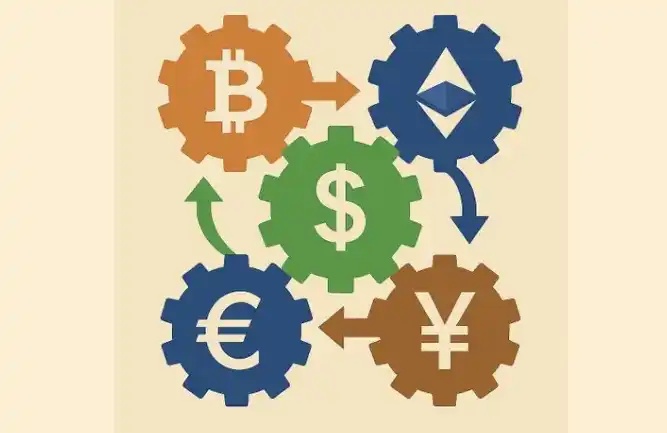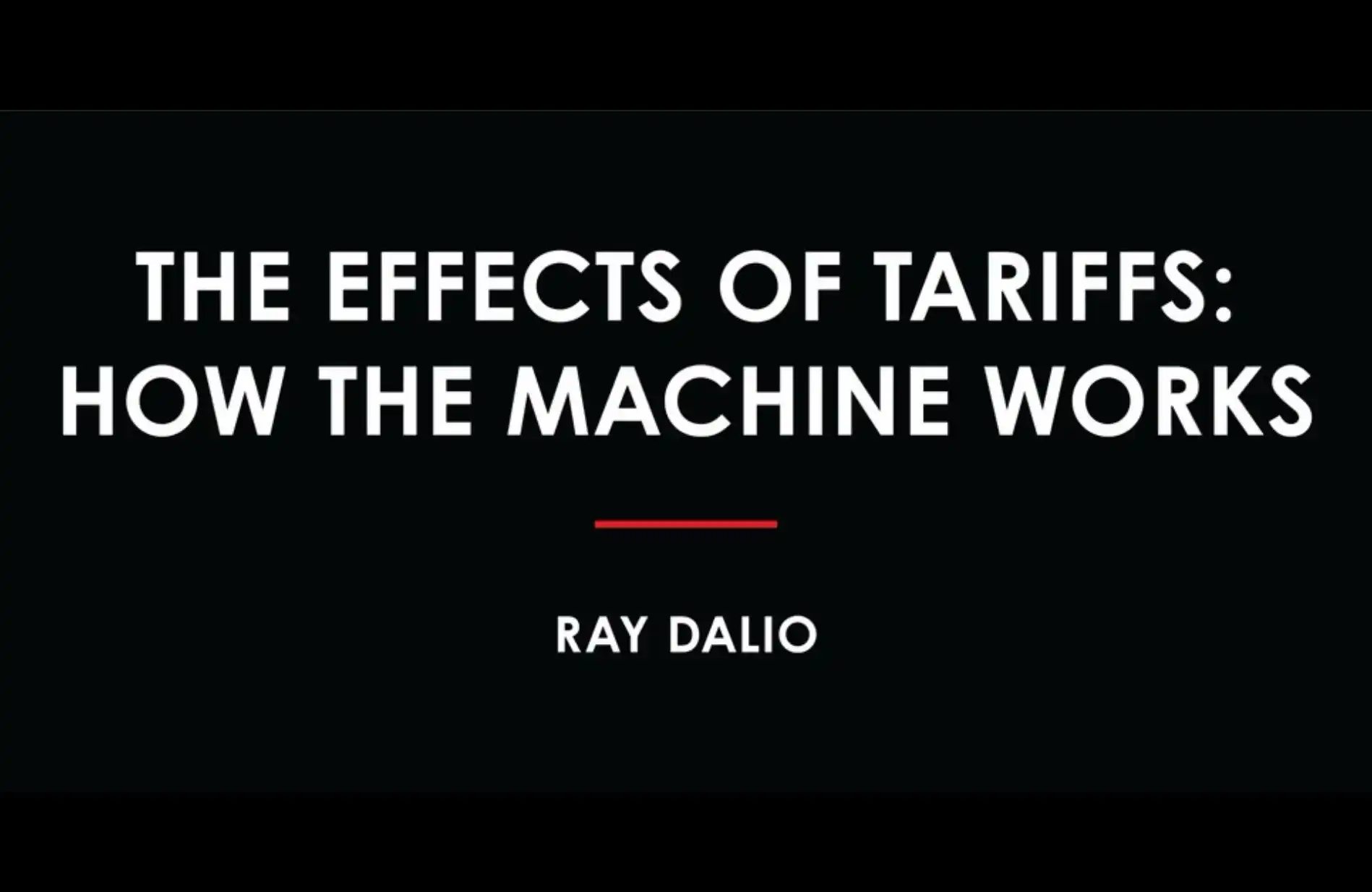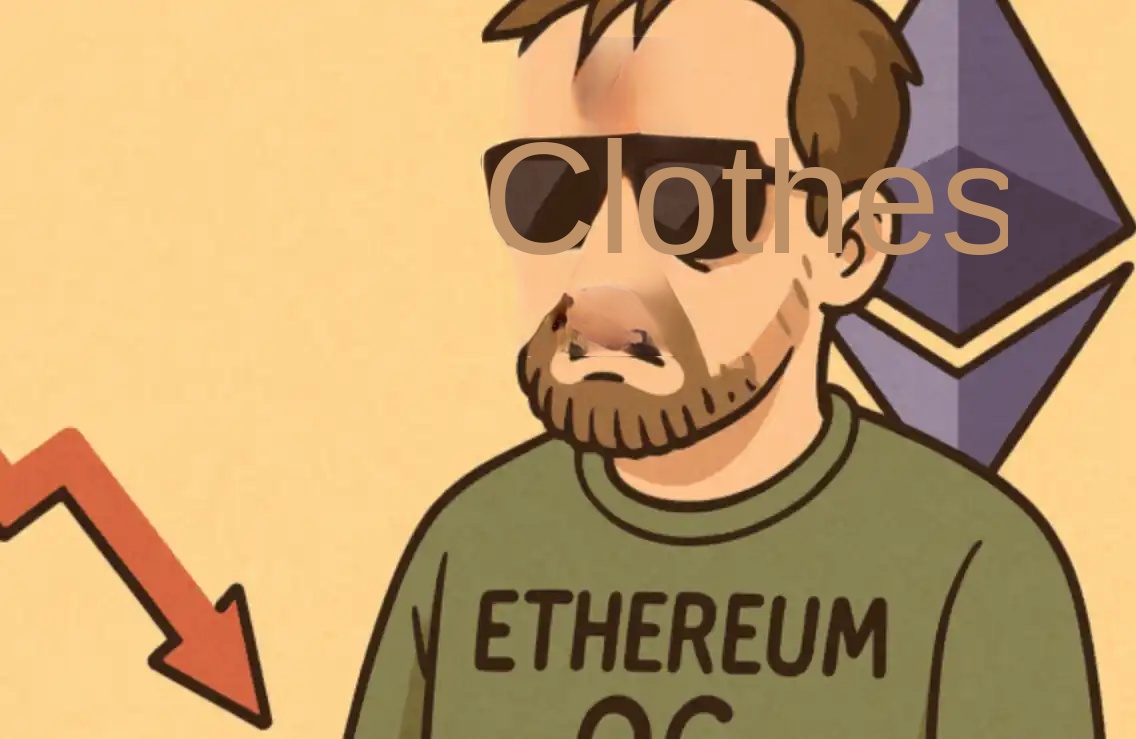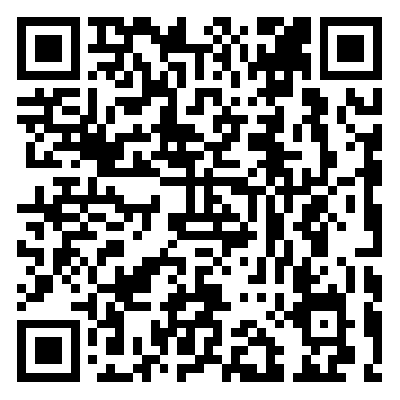Interpreting Scroll's universal zero-knowledge rollup architecture.
Original Title: "An Introduction to Scroll: the General-purpose Zero-Knowledge Rollup"
Original Author: FRANCESCO
Translated by: Peisen, BlockBeats
Editor's note: Scroll, an Ethereum Layer 2 network based on ZK Rollup, has received high industry attention from last year to now. Scroll announced in April 2022 and March of this year that it had completed a $30 million Series A financing led by Polychain Capital and a $50 million financing with participation from Polychain Capital, Sequoia China, IOSG Ventures, Qiming Venture Partners, and OKX Ventures.
On October 10th, the Ethereum Layer 2 solution Scroll produced its genesis block at 2 PM that day. On October 17th, the Scroll team announced that the mainnet had officially launched, and subsequently, some projects began to integrate or support the Scroll mainnet, providing users with more application scenarios and services.
According to the Blockscout Scroll mainnet Token page, the projects that are receiving attention based on the current number of holding addresses include Merkly, Zonic on Scroll, PunkSwap Token, Skydrome, Scroll Name Service, Scroll Doge (zkDoge), Scrollswap Finance Token (SF), Script (SCRIPT), and Scroll Inu (Sinu).
Related reading: "Scroll mainnet launch: which Dapps are users interacting with?"
As a general ZK-Rollup based on zkEVM, Scroll aims to provide the highest level of EVM compatibility for existing applications and tools. Cryptocurrency researcher @francescoweb3 has conducted research on the technical principles, workflow, and current development status of Scroll, and raised several issues worth paying attention to and thinking about. BlockBeats has compiled the original article as follows:
Universal zk-Rollup
On October 10th, Scroll mysteriously released a message announcing the official launch of its mainnet. Apart from the post about airdrop mining, I don't have a thorough understanding of this event. Therefore, I have decided to delve deeper into this matter!
Understand Scroll

Scroll is an extension solution for Ethereum: a general Layer 2 (L2) zero-knowledge (zk) rollup. This may contain many professional terms, let's explain them one by one.
As an L2 rollup on Ethereum, Scroll essentially inherits the security of ETH.

除了安全性之外,Scroll also achieves seamless integration with the rich Ethereum ecosystem, including tools, dApps, smart contracts, and a large user base.

This method makes it easy to transfer and exchange these resources, ensuring EVM compatibility. It can be said that "for users and developers, Scroll is almost Ethereum".
Before Scroll appeared, there was no universal zero-knowledge (zk) rollup due to the complexity of generating zero-knowledge proofs computed by the Ethereum Virtual Machine (EVM). In short, being a universal rollup means having equivalent functionality to the EVM. However, successfully running an EVM environment on a zk rollup has always been an elusive goal until now. This is mainly due to the complexity of converting EVM transactions into logical circuits that can be explained by zk proofs.
It is precisely this complexity that explains why the zk-rollup project only focuses on specific applications, such as dYdX focusing on trading and ImmutableX focusing on NFTs. Due to technical difficulties, it is not possible to develop a universal network that can deploy various DApps. This is also why, compared to op-rollup, zk-rollup performs poorly in terms of total locked value (TVL) and number of users.
Related reading: "[Rollup Series] Part 1: Scroll, the Dream of a Native zkEVM".

Despite these challenges, the exploration of universal zero-knowledge (zk) rollup continues. Being compatible with EVM is a big deal because it greatly simplifies the effort required for developers to switch to a new chain. For example, switching to a non-EVM chain means:
· Need to migrate and rewrite existing contracts to the new rollup
· Not supported by existing EVM tools (such as libraries, wallets, markets, etc.)· Unable to support applications from the Ethereum ecosystem.Many people have already started developing universal zk EVM, and their compatibility with EVM can be seen from different perspectives:
Starknet and zkSync (language level): These are currently specialized solutions that run on a custom virtual machine (Cairo VM). They run a custom VM and create a compiler "Warp Transpiler" that converts Solidity code into Cairo VM bytecode.

What they are doing is creating a new VM and adding Ethereum tool support on top of it as an additional layer. This still achieves the goal of making Solidity contracts exportable to StarkNet, thus enabling "EVM compatibility". Although it does not directly execute EVM, it preserves compatibility, allowing Solidity developers to write code for their rollups.
When using these solutions:
· You are not executing within the EVM· You do not have compatibility with other Ethereum interfaces.· Solidity developers can write code that can be used on your rollup.
This is a very good compromise solution.





Therefore, on Scroll, blocks can have three states:
Pre-commit: A block has been proposed by the sorter and included in Scroll.
已提交:The transaction data of the block has been published to Ethereum (in the rollup contract of Scroll).
Final confirmation: The correct execution has been confirmed through the validity proof published on the Ethereum blockchain.
Data and the call data are submitted to the rollup contract on L1, and the block is submitted (D1).
Aggregated Proof Generation: Proofs are generated and aggregated in batches, and then submitted and verified (validated) on the chain.


Why choose Scroll?
High Efficiency: Scroll creates a more secure block space for Ethereum, effectively reducing gas fees.
Continuous Heat
Since its launch, the total value locked (TVL) of Scroll has accumulated over $1.5 million, showing a stable growth trend.


More than 976 ETH have been bridged to the Scroll mainnet, with a total value of approximately $1.5 million.

Thought-provoking Questions
As a universal zk-rollup, Scroll provides many advantages of zk proofs at the L2 level with byte-code compatibility as its feature, while not affecting the tools and network effects of EVM.
Full EVM compatibility is seen as the ultimate goal for L2, and this is exactly where Scroll's core value lies: a more powerful version of Ethereum. Scroll's bytecode compatibility perfectly combines all the advantages of zk proof with Ethereum's maximum compatibility.
It is worth mentioning that Scroll focuses more on the "synchronization" aspect of zk proof rather than its "privacy" aspect, which allows the protocol to compress a large amount of computation into a tiny proof.
It is also worth noting Scroll's commitment to decentralization. Although there will be a centralized sorter in the initial stage, plans for decentralization are already in the works.
Welcome to join the official BlockBeats community:
Telegram Subscription Group: https://t.me/theblockbeats
Telegram Discussion Group: https://t.me/BlockBeats_App
Official Twitter Account: https://twitter.com/BlockBeatsAsia
 Forum
Forum OPRR
OPRR Finance
Finance
 Specials
Specials
 On-chain Eco
On-chain Eco
 Entry
Entry
 Podcasts
Podcasts
 Data
Data








